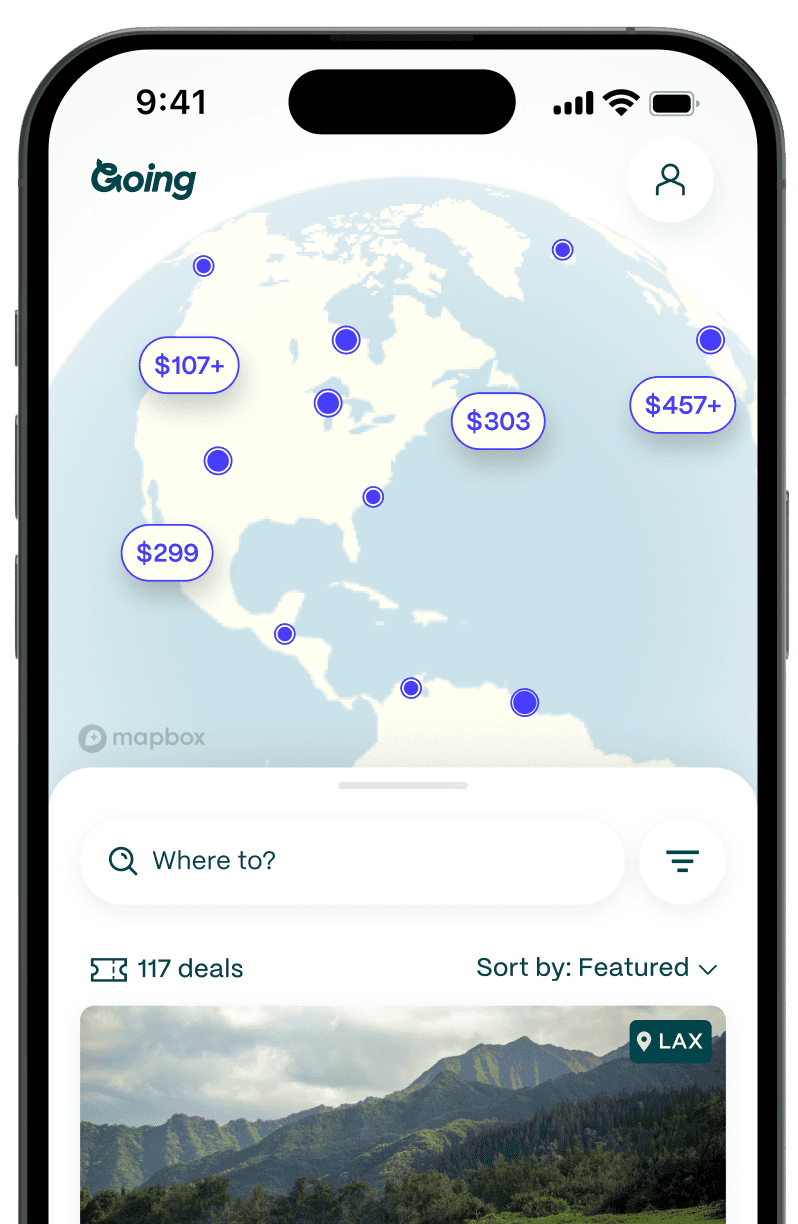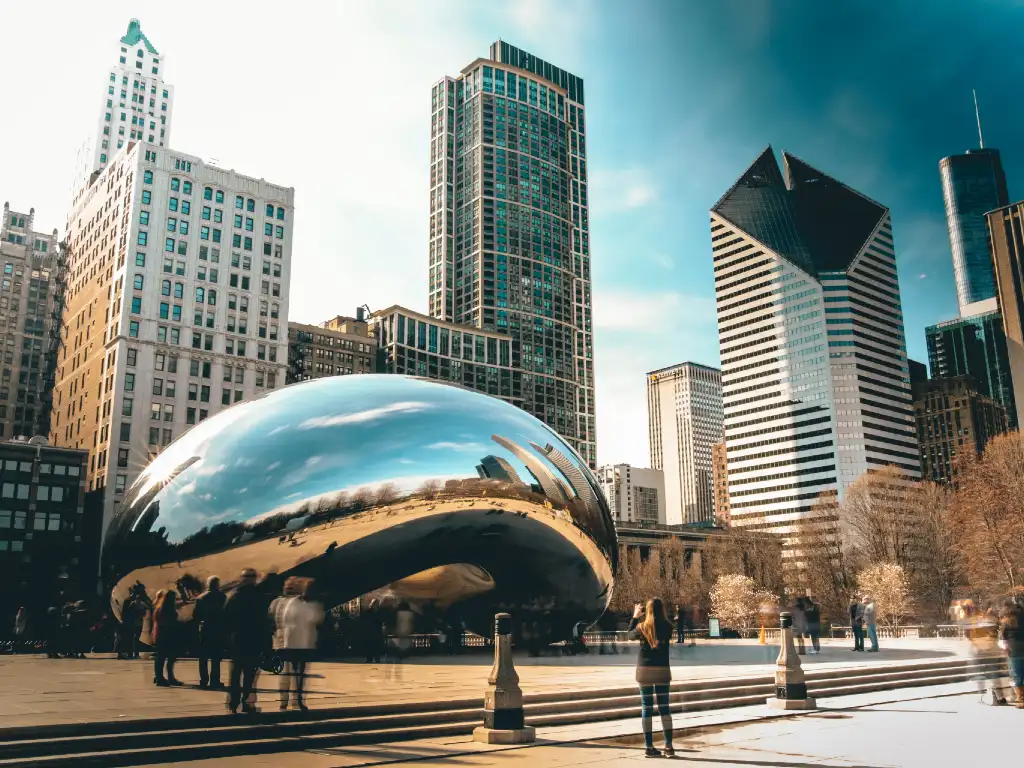
18 Free Things to Do in Chicago
Table of Contents
Though it’s a big city and can be expensive to visit, Chicago also has tons of free activities. There are more than 600 free parks across the city, an 18-mile walking trail, more than two dozen free beaches, and free cultural museums and activities. From nature to history, fireworks to free movies, there’s plenty of entertainment for every type of traveler.

1. See animals at the Lincoln Park Zoo

Founded in 1868 in the middle of Lincoln Park, this zoo is a great free option for visitors with kids. Start at the Gateway Pavilion, where you can pick up a map and list of the day’s animal shows and information sessions. The zoo has nearly 200 animal species, but some highlights include the African lion and snow leopard in the recently renovated Pepper Family Wildlife Center, the 10 different types of monkeys in the Helen Branch Primate House, and the seals and otters, who are usually quite active in the summer. The zoo also has a small farm where you can see animals found in the Midwest, like cows and chickens.
The Lincoln Park Zoo is in the center of Lincoln Park, on the east edge of the neighborhood of the same name. The Lionel Train Adventure takes visitors through the zoo and has a wheelchair-accessible caboose. There’s also an Endangered Species Carousel with hand-painted replicas of threatened species. Finally, the Gorilla Trek virtual reality experience takes visitors on an educational journey through Volcanoes National Park to see the mountain gorillas that live there. Each of these activities costs $4 per person or $36 for 10. The zoo hosts daily shows, such as a seal training and feeding program and a session where visitors can learn how the zookeepers care for apes.
2. Check out the National Museum of Mexican Art
The National Museum of Mexican Art was founded in 1982 and highlights Mexican, Latino, and Chicano art and culture. It showcases 3,600 years of art through more than 18,000 pieces, including paintings, textiles, photography, paper art, and more. The permanent collection explores Mexican history from pre-Cuauhtémoc Mexico to colonial Mexico, independence, revolution, post-revolution, and present day, with a section on the Mexican experience in the United States. Despite its vast collection, the museum is fairly compact and takes about 60-90 minutes to walk through.
The museum is in Pilsen, on the lower west side of the city. There’s parking nearby, or you can access the museum via the L’s Pink Line.
3. Visit North Avenue and Oak Street Beaches

These free beaches are about a mile apart but have slightly different feels. At Oak Street Beach, you can take in the Chicago skyline and the vastness of Lake Michigan (it’s called the “third coast” for a reason) while basking in the sun on the city's “concrete beach.” Chicagoans love the concrete beach (bring a soft towel), but sometimes visitors don’t get it. If you prefer sand, North Avenue Beach is for you. Aside from sand, it also has volleyball courts, paddleboard, and jet ski rentals, and more of a ‘see and be seen’ vibe. These are just two of the twenty-something free beaches in the city.
Make your way from the chill, dog-friendly Montrose Beach on the north side of the city, all the way to 57th Street Beach in Hyde Park to experience them all.
North Avenue Beach is on the east side of Lincoln Park, and Oak Street Beach is a mile south, on the east side of the Gold Coast neighborhood. North Avenue Beach has jet ski, paddleboard, and kayak rentals. There’s also a beach club, a restaurant, and a bar.
4. Visit the National Museum of Puerto Rican Arts and Culture
Humboldt Park is the heart of Chicago’s Puerto Rican community, and this excellent free museum is the only museum in the country devoted to Puerto Rican art and culture. Exhibits span the 1800s to the present, including paintings, sculptures, and more. Exhibits change often, and there are plenty of events like book talks, live music, or art sessions. The museum sits in the historic Humboldt Park Stables and Receptory, which has been adapted but retains elements like a large brick courtyard and the original carriage receptory. Don’t miss the mosaic artwork in the courtyard depicting the island of Puerto Rico and its culture.
The museum is in Humboldt Park, on the west side of Chicago. The museum is free, but for a $25 membership, you can receive a t-shirt, a discount at the gift shop, and invitations to members-only events.
5. Take the kids to Maggie Daley Park Play Garden
This Play Garden was built for children under 12 to have a safe, fun place to use their imaginations. The three-acre park was inspired by “Alice in Wonderland” and “Charlie and the Chocolate Factory,” and has a large metal play ship with ladders, a captain’s wheel, and a soft surface that rises up like waves. In the “Watering Hole,” kids 2-5 can sit on, pet, and play with animal figurines, and in the “Enchanted Forest,” kids can run through upside-down trees, host an impromptu tea party at the large circular table, or make their way through the open mirrored maze called the Kaleidoscope. There’s also a “Slide Crater,” a suspension bridge with two towers that have viewing scopes inside and multiple types of slides.
The garden is in the Loop, on the east side of Millennium Park near Lake Michigan.
6. Picnic or skate in Millennium Park

Millennium Park was built to celebrate the world’s second millennium and is now one of Chicago’s most popular attractions. Visitors and Chicagoans alike flock to its 25 acres of outdoor space to gaze at public art like Cloud Gate, a silver, bean-shaped structure that magnifies the city’s skyline, as well as the Crown Fountain and other public art. In the winter, you can rent ice skates and spin around a pond off Michigan Avenue or the Maggie Daley Ice Skating Ribbon, and in the summer, the city hosts free concerts at the Frank Gehry-designed Jay Pritzker Pavilion and free yoga on the lawn. In the south corner of the park, visit the colorful Lurie Garden.
Millennium Park is in the Chicago Loop, with Lake Michigan to the east and Michigan Avenue to the west. Numerous bus lines stop close to Millennium Park. You can also take the Brown, Green, Orange, Pink, or Purple “L” lines to the Adams and Wabash stop or the Red or Blue “L” line to Monroe. There’s also a parking garage underneath it with reasonable day rates (for the city).
7. See a free concert at Grant Park
The huge 319-acre Grant Park is a great respite from city life. The land was set aside in 1836, meant never to be built on, and that has been honored ever since. Elms line the park’s boulevards, while the rest of it is fairly sparse, perfect for picnicking or settling in with a good book. Buckingham Fountain is the star of the park and is right in the center. There are hot dog and ice cream stands throughout the park, as well as a few stands that serve beer and wine. In the summer, the city hosts a free concert series here, but Grant Park is also home to more famous events, such as Lollapalooza. Grant Park sits between the Loop and Lake Michigan.
8. Learn about Chinese culture at the Chinese American Museum
In historic Chinatown, this museum showcases the history, culture, and shared experiences of Chinese immigrants in the Midwest. The “Great Wall to Great Lakes” permanent exhibit tells the story of immigration from China to Chicago. “My Chinatown: Stories from Within,” tells similar stories, but through video interviews with immigrants. Rotating exhibits sometimes focus on fashion, food, art, legislation, and other contributions Chinese Americans have made in Chicago and the U.S.
The museum is located in Chinatown, about .25 miles from the Red Line Cermak/Chinatown stop. The museum is free but has a suggested $8 donation.
9. See the free fireworks at Navy Pier

This pier is packed with activities for all ages but is especially fun for families. From the edge of the pier, you can see skyline views to the north and an overview of Museum Campus to the south, not to mention plenty of boats, from small sailboats to large yachts. Don’t miss the free fireworks at Navy Pier on Wednesdays and Saturdays from Memorial Day to Labor Day. Inside, visit the free Crystal Gardens botanical gardens.
Navy Pier is on the far east side of the River North neighborhood. The free Navy Pier Trolley picks up at locations along Grand Avenue, State Street, Monroe Street, and Columbus Avenue. The seasonal Shoreline Water Taxi connects Navy Pier with Museum Campus and Union Station. The #29, #65, $88, #124, and #2 buses all serve Navy Pier. Navy Pier is perhaps most famous for its Centennial Wheel, which adults can ride for $18, and children for $15. The pier is also home to the Chicago Children’s Museum ($19), plenty of restaurants, an indoor ice-skating rink, and the Chicago Shakespeare Theater.
10. See the flowers at Garfield Park Conservatory
One of the largest conservatories in the country, this is a great place to escape the bustle of the city. It contains 184 acres of thousands of plant species in rooms linked by small walkways inside of a giant glass structure. You’ll walk through the palm house, fern house, desert house, a kid’s garden with interactive activities, outdoor gardens, tennis courts, a fishing pond, and more. Plus, the tropical temperature inside the conservatory is an excellent respite from Chicago winters!
The Conservatory is on the west side of the city and is accessible via the Green Line on the L. There is also parking on-site. There are often free lectures and other events at the Conservatory. Reservations are free but required to visit, a measure introduced during the Covid-19 pandemic.
11. See orchids and more at the Lincoln Park Conservatory

This small conservatory takes you through plants of the jungle, the desert, and the Midwest. Inside, there’s a palm house, fern house, orchid house, and show house. Outside, walk through the public garden and take note of art like the Bates fountains, the Shakespeare monument, and the Schiller monument. From here, you can walk to the Lincoln Park Zoo or other attractions in the park.
The conservatory is in the heart of Lincoln Park. Walk or take bus #151 or #156. Both stop at Stockton and Fullerton, a short walk to the conservatory. Parking is available on-site for a fee.
12. Take a Free Chicago Greeter Neighborhood Tour
Take a free walking tour with a “Chicago Greeter,” a local expert on their neighborhood who will share history, fun facts, and insider knowledge. The tours typically last two to four hours, can be offered in more than a dozen languages, and can accommodate up to six guests. If you reserve two weeks in advance, they can be customized to your visit. Popular tours include The Loop, where you’ll see top attractions downtown; the Riverwalk, which takes you along the river and tells you about the architecture and public art; and the Neighborhood Pop-Up Series, where different neighborhoods are highlighted each day throughout the summer.
While the tours are free, tipping your greeter is appreciated.
13. See ancient art at the Institute for the Study of Ancient Cultures at the University of Chicago
This museum doubles as a research center for the University of Chicago and showcases art and artifacts from Egypt, Israel, Iran, Nubia, Syria, Anatolia, and more. It boasts “10,000 years of humanity under one roof.” Notable pieces include treasures from the ancient Persian capital Persepolis, a collection of Luristan bronzes, and a giant statue of King Tutankhamun. The art deco building has eight permanent galleries and a rotating special exhibit collection.
The museum is in Hyde Park, on the University of Chicago campus on the South Side of the city. Gallery tours, hands-on workshops, lectures, and Zoom programs are offered throughout the year.
14. Walk or bike the Lakefront Trail

The scenic Lakefront Trail stretches 18 miles north to south along Lake Michigan, past beaches, gardens, and harbors, as well as Lincoln Park, Grant Park, and the Museum Campus. Walking portions of the trail is a favorite pastime among Chicagoans, as you’ll see by how crowded it can get during warm months. Popular stops include the North Avenue and Oak Street Beaches, Navy Pier, and Jackson Park. Biking the trail is a great way to see more of the city. You can rent Divvy bikes, either manual or electric, at kiosks along the trail or with the Lyft app.
15. Check out the elevated trail, The 606
This 2.7-mile elevated trail, named for Chicago’s area code, was converted from a former railroad into a walking and biking trail in 2015. For years, the Lakefront Trail was the only real walking path in the city, but the 606 is on the other side of town and gives a great view of the west side of Chicago. You’ll pass historic buildings like the Churchill Cabinet Co. and the Ludwig Drum Factory, as well as more modern public art. The path is especially pretty in late spring when the edges are filled with wildflowers. The 606 (which is technically called the Bloomingdale Trail, though no one calls it that) is less crowded than the Lakefront Trail and a good way to get across the northwest side of the city without having to deal with traffic or busy sidewalks. Highlights along the way include the Exelon Observatory, a great place to watch the sunset, and the Julia de Burgos Park, with a climbing wall, spider sculpture, and wall of nature paintings.
The trail is accessible from the Wicker Park, Bucktown, and Logan Square neighborhoods.
16. Check out the exhibits at the Museum of Contemporary Photography
The Museum of Contemporary Photography is part of Columbia College and is one of the only museums dedicated to photography in the Midwest. Exhibits change constantly but are always devoted to provoking thought through images created in the 1950s or later. One permanent exhibit is the Midwest Photographers Project, a revolving collection of portfolios from 60 photographers across the Midwest. Other permanent collection works include photographs by Ansel Adams, David Plowden, Julia Margaret Cameron, and Dorothea Lange, among others.
17. See the city’s architecture along the Chicago Riverwalk

The Chicago Riverwalk is the place to see the city’s stunning architecture. Stroll the 1.25-mile long path along the Chicago River, where aside from seeing iconic skyscrapers like the Wrigley Building and Tribune Tower, you can take in rotating public art, including light installations on the facade of the Merchandise Mart and a mural celebrating 100 years of Art Deco by artist Kate Lynn Lewis. There’s also a floating garden, benches, stone steps to relax on, and a Vietnam Veterans Memorial.
The Riverwalk goes right through the heart of the city, from Lake Michigan to Chinatown. Take the L to the Chicago Loop (most L lines stop here) or a water taxi to the stop between Ogilvie and the Riverwalk River Theater.
There are beer gardens, a winery, and small restaurants along the Riverwalk to stop and eat. City Winery has cement steps and great people and boat watching. You can also rent kayaks from Urban Kayaks or take a Chicago Architecture Center river cruise.
18. Take photos at the Stony Island Arts Bank
Like the name suggests, this historic building was once a bank, but today is a 17,000-square-foot space for art and innovation on the South Side. It was crumbling––the roof had literally caved in––when artist and University of Chicago professor Theaster Gates decided to purchase it from the city for $1, restore and revitalize it. Don’t miss the archival collection of 60,000 glass lantern slides that cover art history from the Paleolithic Period to today or the collection from Johnson Publishing Company, publishers of “Ebony” and “Jet” magazines. The building itself is beautiful and popular on Instagram for its interiors of floor-to-ceiling books.
The building is on the South Side of the city, near the southwest corner of Jackson Park. There’s a regular schedule of free live music, art talks, readings and Arts Bank Cinema, weekly screening, and discussion of films about Black people.
See Going's deals on flights to Chicago, and join today to get cheap flights from all over the world delivered right to your inbox.
Plan your trip to Chicago
Last updated August 28, 2024
Articles you might like
View All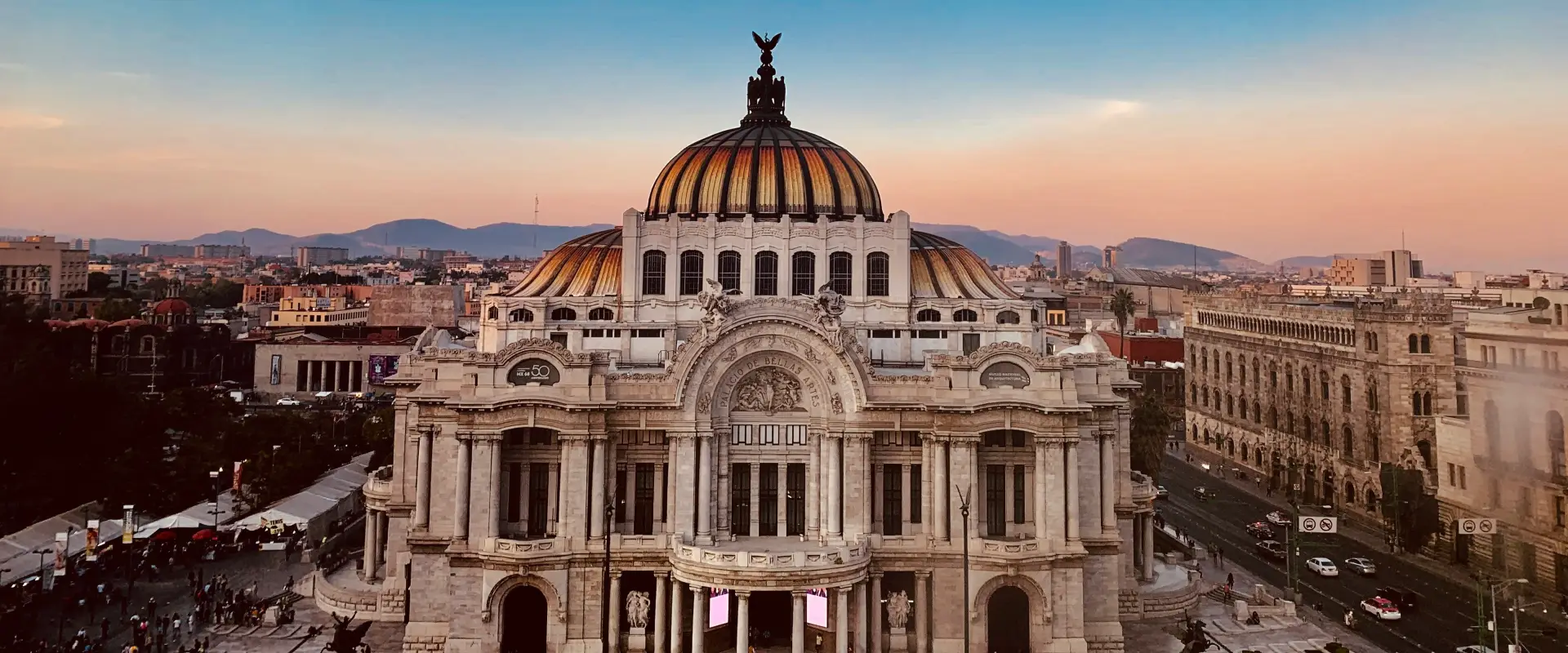
Our Favorite Things to Do in Mexico City: Hidden Gems and Must-See Spots in the Heart of the Capital
Dec 17, 2025
9 min read
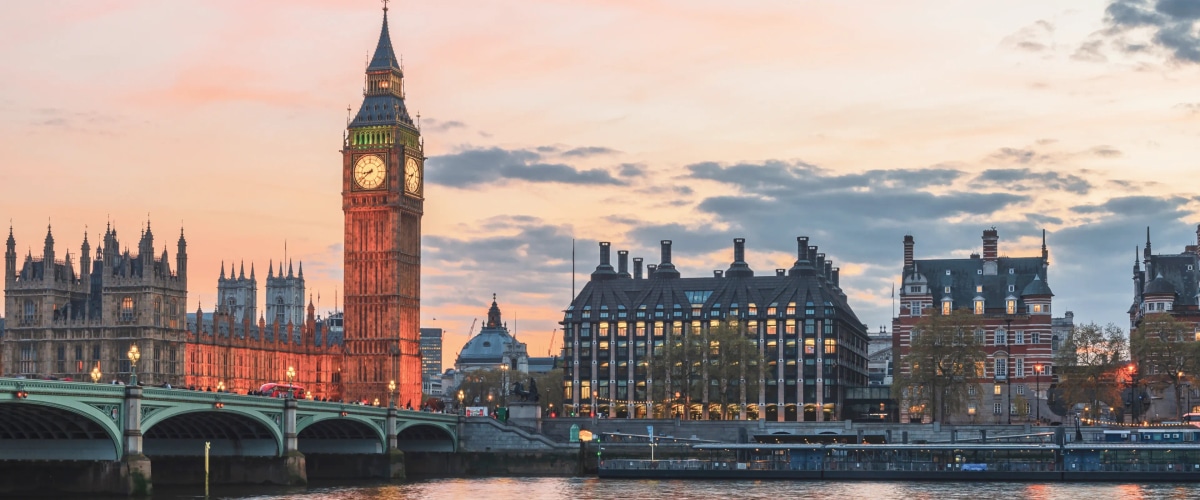
Things To Do In London: Classic & Hidden Spots For a Complete Trip
Dec 16, 2025
13 min read
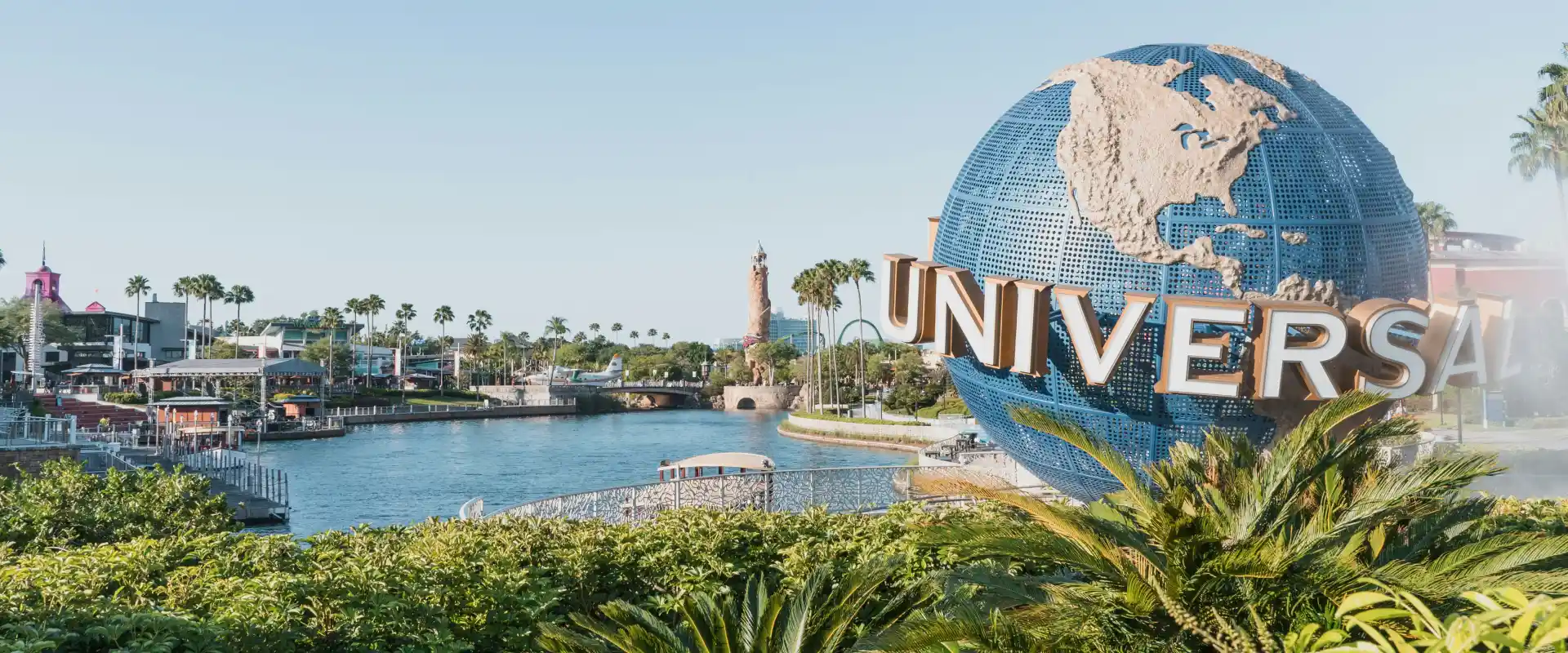
Things To Do in Orlando: The Ultimate Guide
Dec 9, 2025
10 min read



